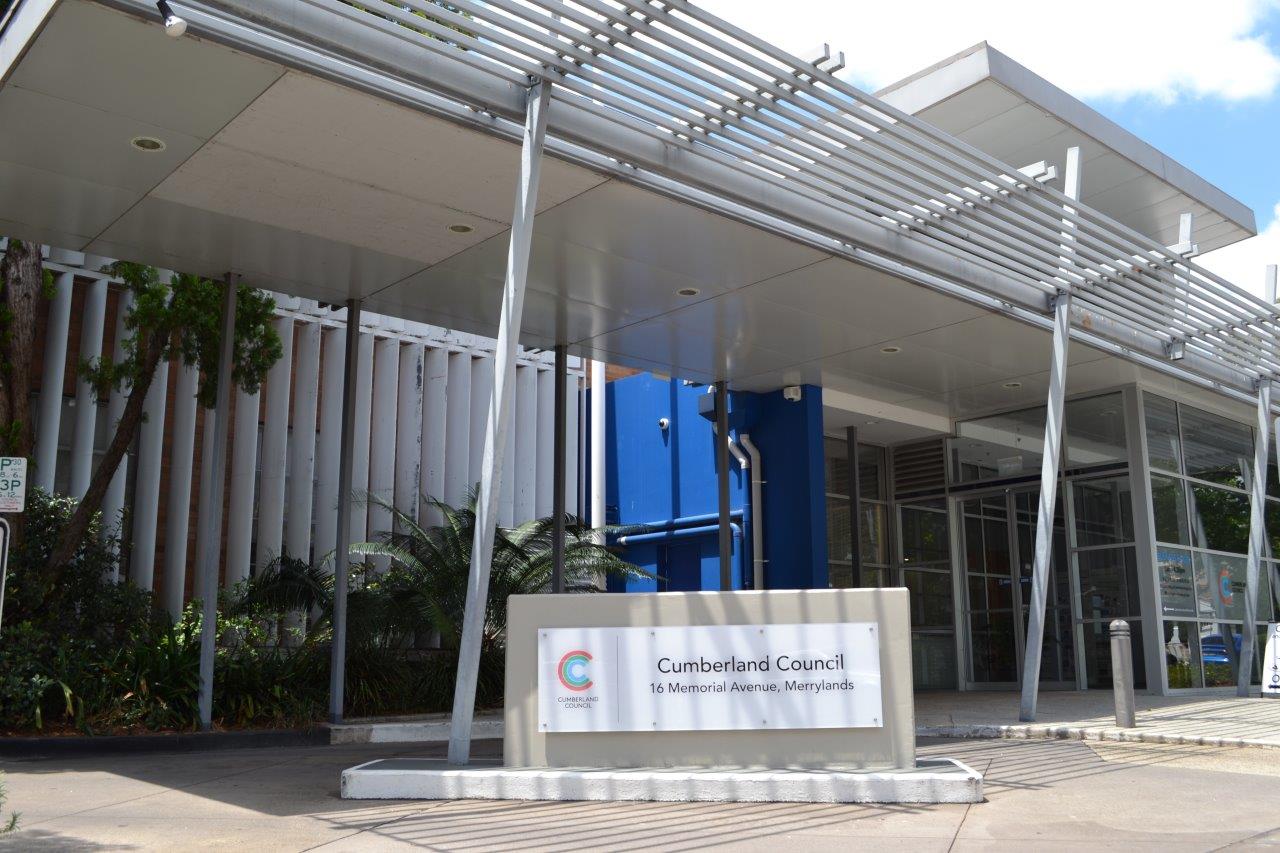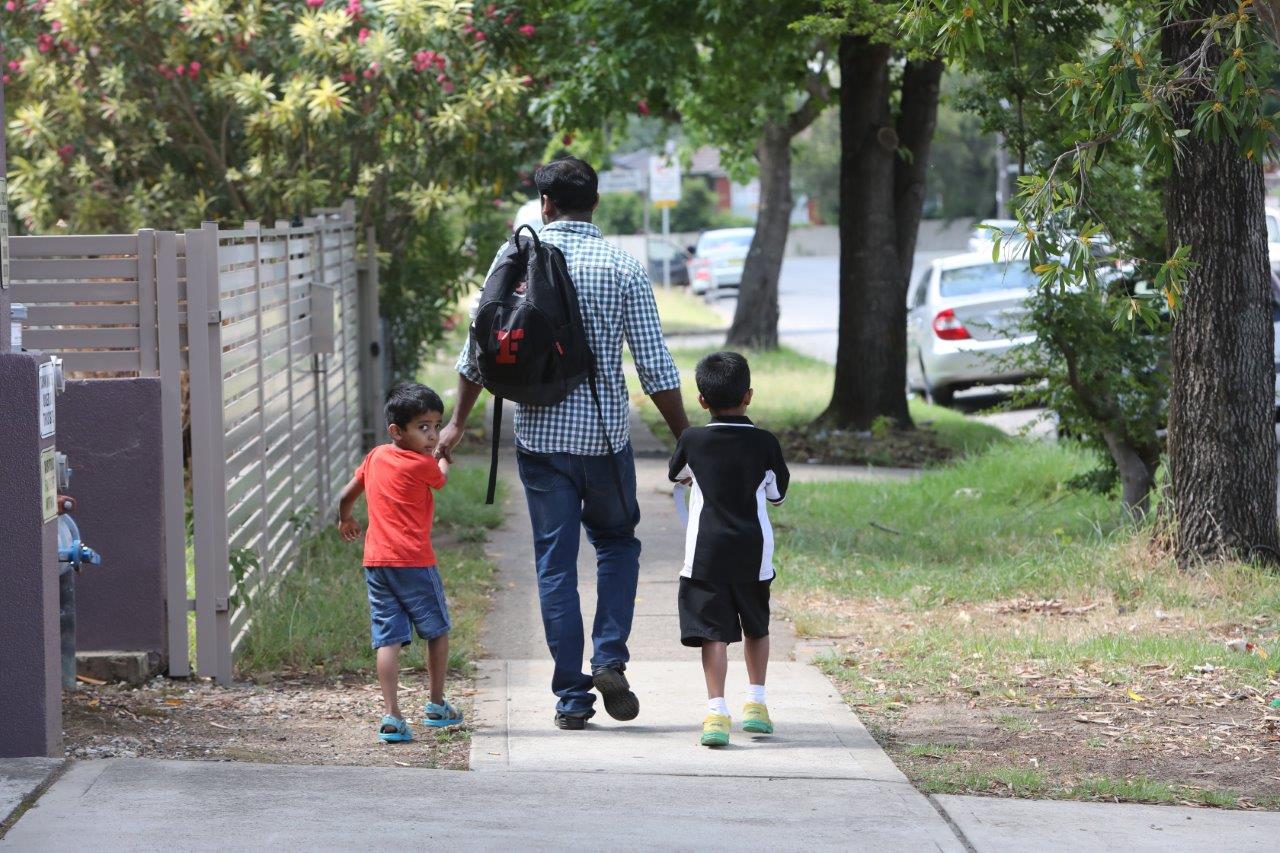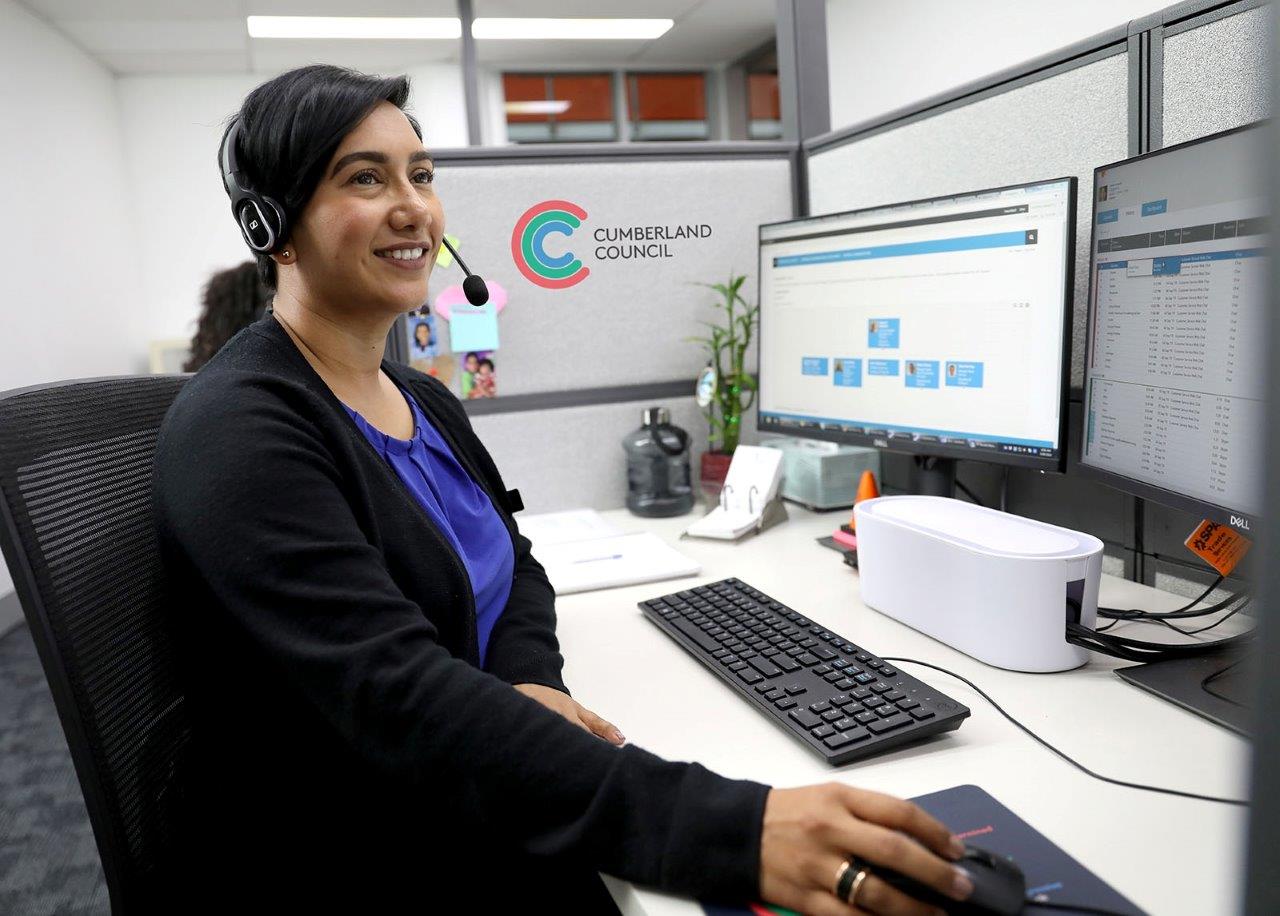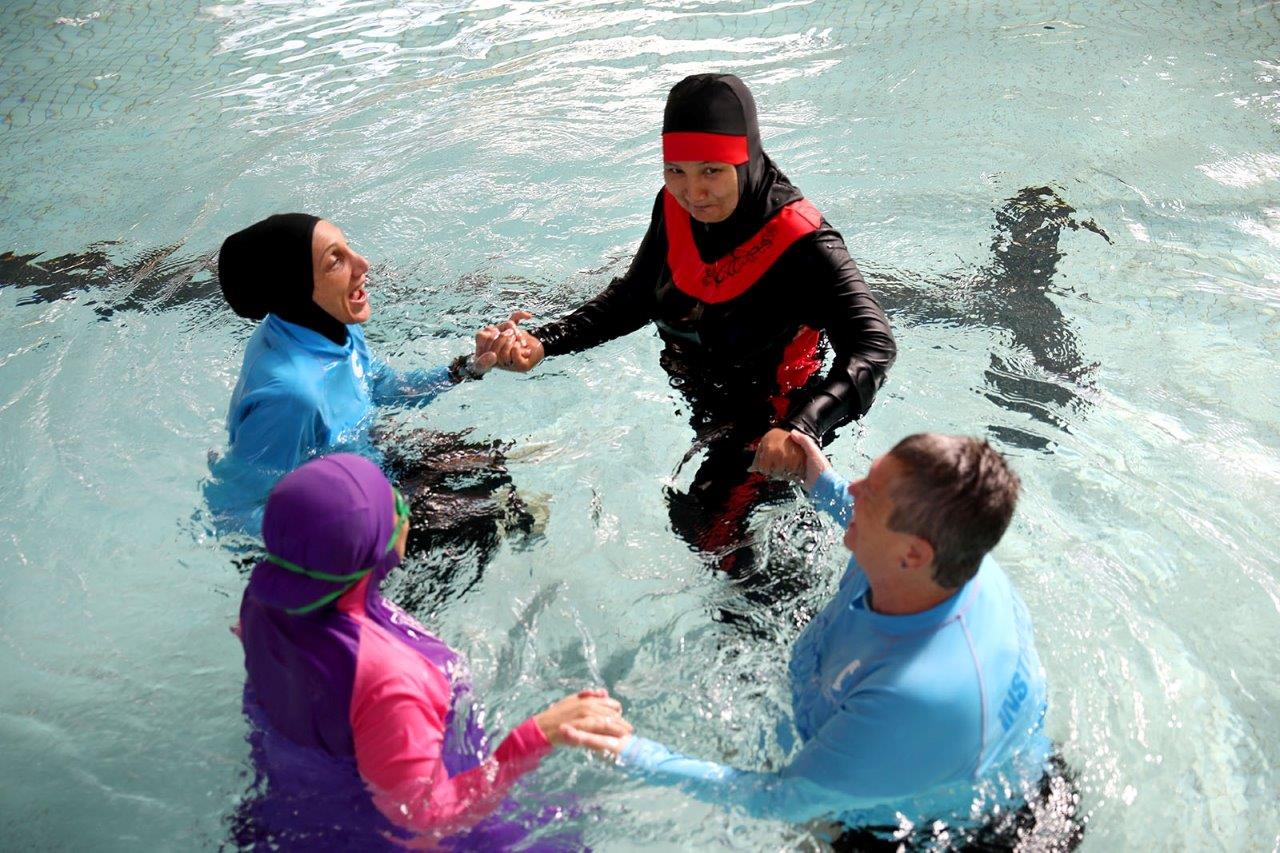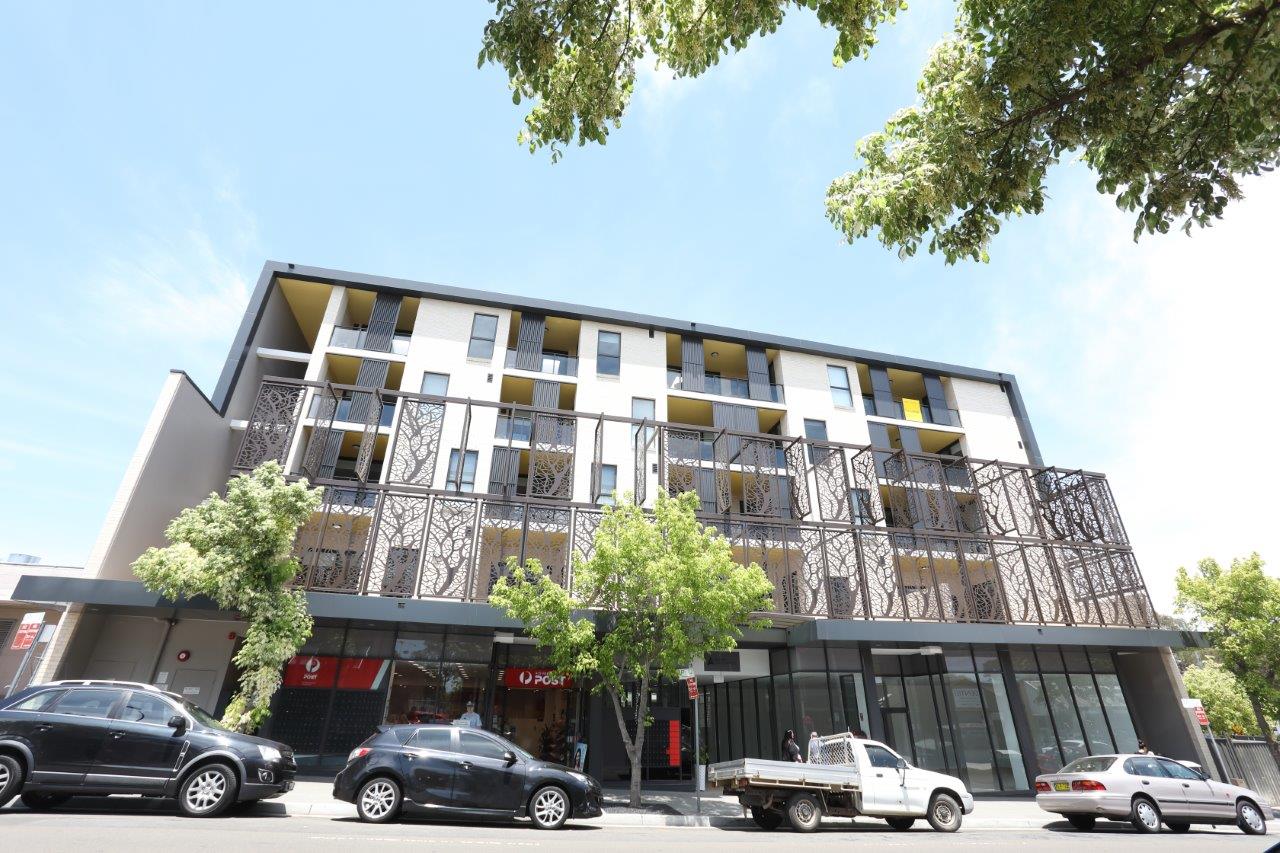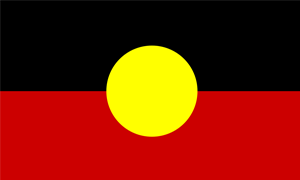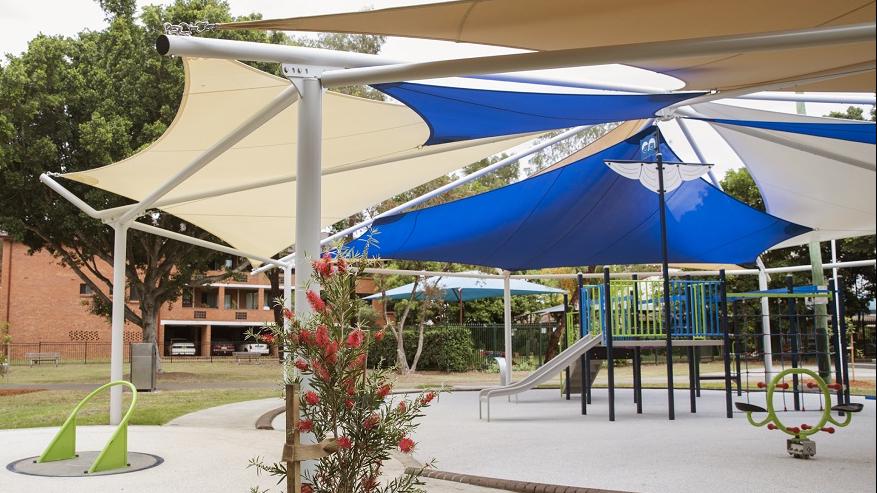
In March 2020, Cumberland City Council partnered with Western Sydney University (WSU) to research and develop innovative ways to make playgrounds safer for families and children during hot weather. It involved retrofitting Memorial Park Playground at Merrylands to improve thermal comfort and reduce ultraviolet radiation (UV). The project demonstrates a cost-effective method to retrofit existing playgrounds to be UV safe and heat smart. Cost savings will be realised through the modular construction of the shade structure that can be relocated to and adjusted for the next playground once the newly planted trees provide shade.
Heat as a hazard
Outdoor play is an important activity that improves physical and mental health. However, high ambient temperatures pose a risk for children as their capacity to self-observe and self-regulate their behaviour is underdeveloped.
As a consequence, outdoor play on hot days can result in dehydration, heat exhaustion, heat rashes and other conditions that can pose serious health risks. Additionally, play equipment exposed to direct sunshine can reach extreme temperatures especially when surfaces are made of synthetic grass, rubber, plastic or metal which may result in severe burn injuries to feet, legs and hands.
UV exposure and safety
Children and adolescents are particularly vulnerable to solar UV as their skin is more vulnerable. Minimising exposure to UV radiation in the first fifteen years of life is key to reducing skin cancer risk later in life.
Well-designed shade can reduce exposure to UV by up to 75%, and we know that when shade is provided in parks and schools, young people will use it. However, the key problem is access to shade.
The Cancer Council NSW’s Guidelines to Shade provides best-practice information for designing and constructing good quality and well positioned shade in outdoor public spaces.
Implementation
This playground builds on Cumberland City’s heat mapping study which identified several playgrounds recording 10 or more 40°C+ days. The retrofit included installation of four key elements which will help to improve thermal comfort and reduce heat and UV exposure at the playground.
The elements were:

Cool materials

Water

Tree canopy

Education
Outcomes
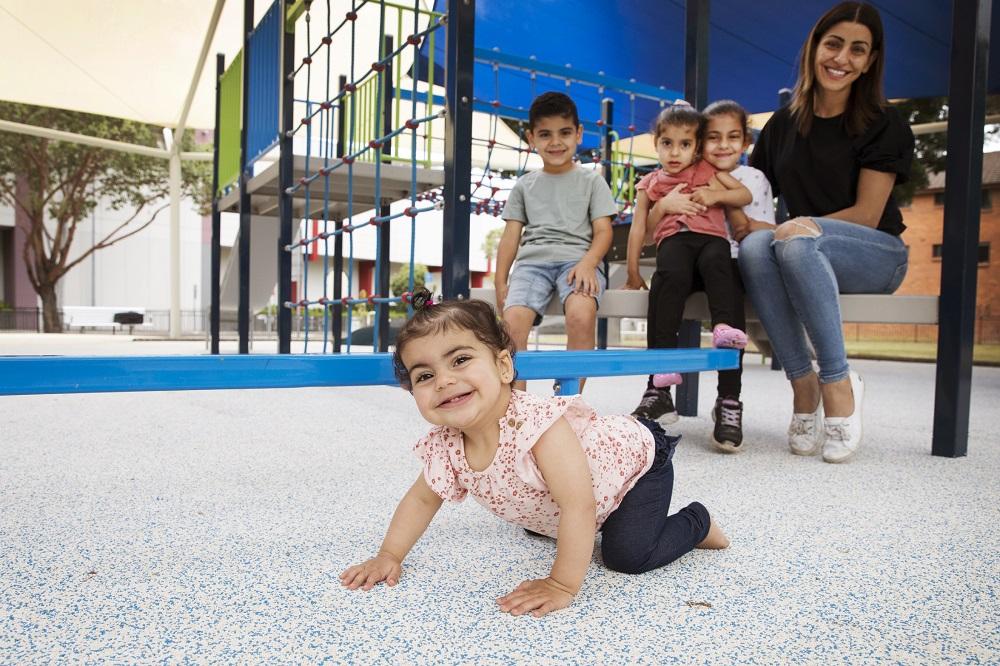
Today, the new surface materials and shaded play equipment rarely display surface temperatures of more than 35-40°C. In summer, “feels-like” temperatures of up to 62°C had been documented on site. At the new UV Smart Cool Playground, these temperatures have been cooled down to equal ambient air temperature.
Empirical evidence collected before and after the transformation shows that the main objective – extending the time to safely use a playground in increasingly hot summers – has been achieved. While prior to this work UV exposure was 100% due to the absence of shade, now UV exposure ranges from 0-2 %.
When exposed to the sun, surface materials and play equipment heated up to more than 80°C. As a result, this playground can now be used safely for more hours during summer.
The project demonstrated that through strategic planning and design, Councils are able to retrofit unshaded playgrounds with elements that help to reduce UV exposure and improve thermal comfort through a variety of ways, from low cost options such as planting trees, to more expensive options such as installing artificial shade structures.
This project has been delivered in partnership with Western Sydney University and supported by Cancer Council NSW, Kidsafe NSW, NSW Health (WSLHD), ARPANSA and WSROC. Shade material has been generously donated by Alfresco Shade and GALE Pacific. Playground safety surfacing has been kindly donated by Polysoft. This project was assisted by the NSW Government with support from LGNSW.
